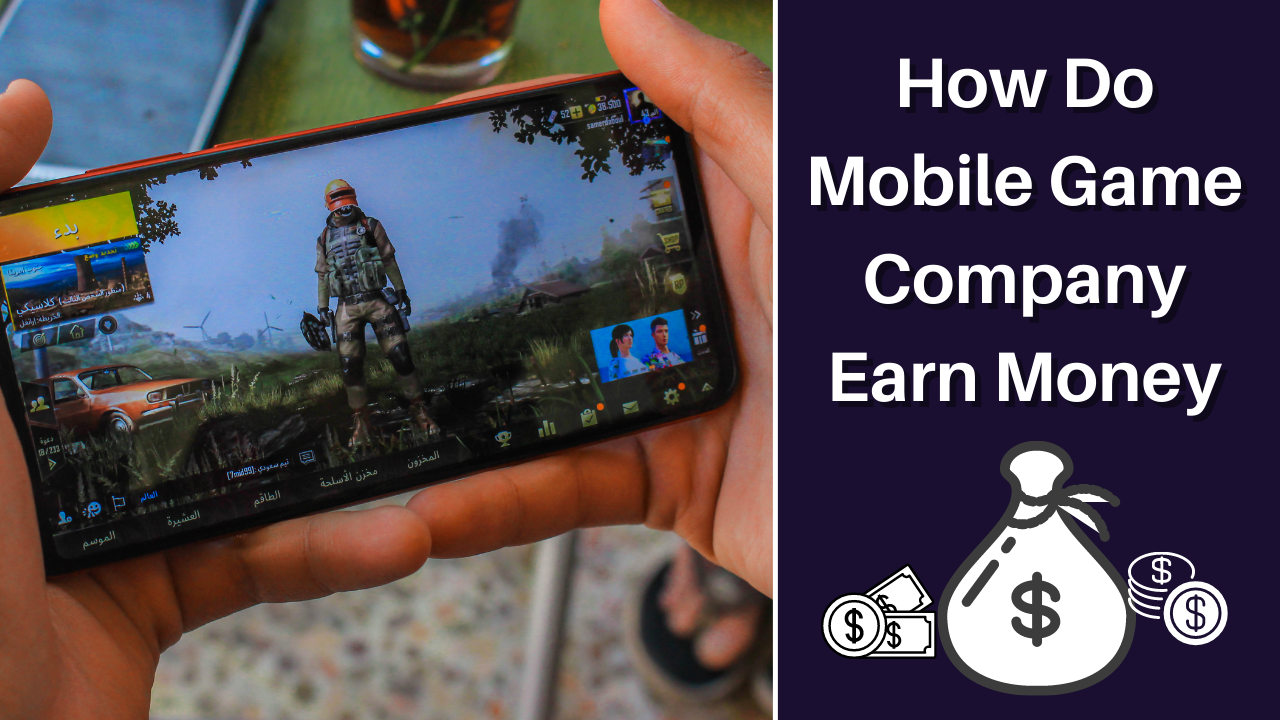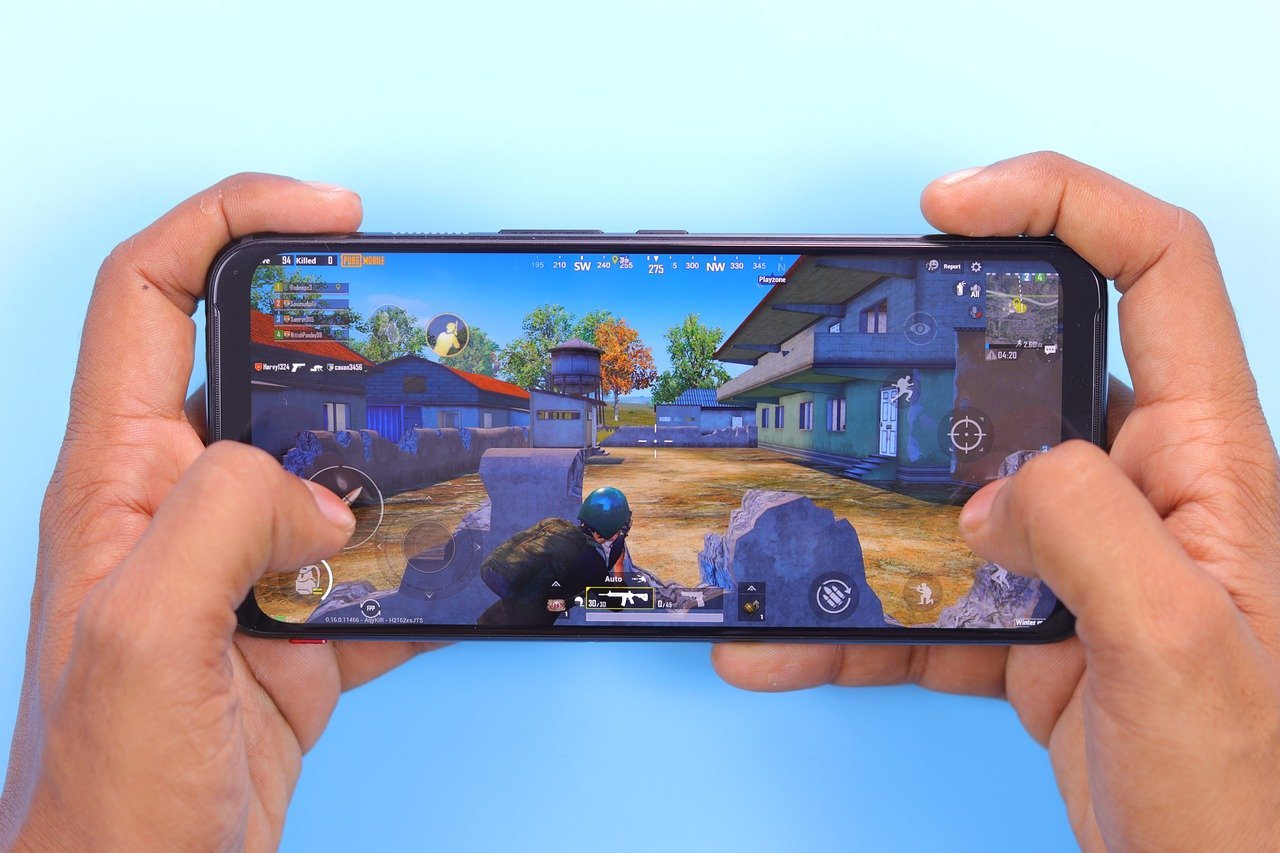How Do Mobile Game Companies Earn Money?
Mobile gaming has become one of the most lucrative industries in the entertainment sector. With the proliferation of smartphones and the growing reliance on mobile devices for entertainment, mobile games have gained immense popularity across the world. From casual puzzle games to complex role-playing games, the number of mobile games on the market has skyrocketed, creating opportunities for game developers to capitalize on this booming market.
But how do mobile game companies make money? Is it just through the sale of games themselves, or are there other monetization strategies at play? In this detailed blog, we will explore the various ways mobile game companies earn money, the different business models they use, and how they sustain their profitability in a highly competitive market.
The Mobile Gaming Industry: A Growing Market
Before we dive into the revenue generation strategies, it’s important to understand the scale and growth of the mobile gaming industry. According to recent reports, the global mobile gaming market is expected to exceed $100 billion in revenue by the end of 2025. This makes mobile games the largest segment of the video game industry, surpassing both console and PC gaming in terms of revenue generation.
Several factors contribute to the growth of mobile gaming:
-
Widespread smartphone adoption: Almost everyone carries a smartphone, making gaming more accessible than ever.
-
Free-to-play (F2P) model: Many mobile games are free to download, attracting a wider audience.
-
Global reach: Mobile games can be downloaded and played in almost every country, reaching millions of potential users.
-
Casual gaming: Mobile games often target casual gamers who may not traditionally play on consoles or PCs, expanding the audience base.
With these factors driving growth, mobile game developers and publishers have figured out various ways to turn a profit.
Common Monetization Strategies Used by Mobile Game Companies
Mobile game companies employ a variety of monetization strategies to generate revenue. These strategies range from selling the game itself to integrating in-app purchases and advertising. Let’s take a closer look at each of these methods.
1. In-App Purchases (IAP)
One of the most popular monetization methods in the mobile gaming industry is through in-app purchases (IAPs). This involves offering the game for free to download and play, but with the option to purchase in-game items or upgrades. In-app purchases have proven to be a significant source of revenue for mobile game companies, particularly with the rise of the free-to-play (F2P) model.
IAPs can take various forms, including:
-
Cosmetic items: Skins, character customization options, and other aesthetic upgrades that don’t affect gameplay but enhance the player’s experience.
-
Power-ups and boosts: Items that make the game easier or faster, such as extra lives, speed boosts, or energy refills.
-
Character or level unlocks: Some games allow players to unlock additional content, such as characters, levels, or game modes, through IAPs.
-
Subscription-based services: Many games offer recurring subscription models that provide players with exclusive in-game benefits, rewards, or items.
The success of IAPs depends on the game’s ability to create a compelling experience that entices players to spend money on virtual goods or content. Games like Candy Crush Saga, Clash of Clans, and Fortnite are prime examples of titles that have thrived by offering players the option to purchase in-game items.

2. Advertising in Mobile Games
Another common revenue stream for mobile game companies is advertising. In many free-to-play games, advertising plays a pivotal role in generating income. Advertisements can be integrated into games in several ways:
-
Interstitial Ads: These full-screen ads appear during natural transitions in the game, such as between levels or after completing a stage.
-
Banner Ads: These ads are typically displayed at the top or bottom of the screen while players are actively engaged in the game.
-
Rewarded Video Ads: Players are given the option to watch a short video ad in exchange for in-game rewards like coins, lives, or other bonuses. This method is particularly effective as it provides value to the player while also generating revenue for the developer.
-
Native Ads: These ads blend seamlessly into the gameplay experience and are less intrusive compared to traditional ads. They can be placed within the game environment, such as on billboards or vehicles within the game.
Advertising is a crucial revenue source, particularly for games that rely on a large number of players rather than a few big spenders. Games with a large and active user base, like PUBG Mobile, Temple Run, and Angry Birds, often generate significant revenue through advertising.
Read More: How To Clean Camera Lens At Home
3. Premium Game Sales
While the free-to-play model dominates the mobile gaming market, some mobile game companies still rely on premium game sales as their primary monetization strategy. Premium games are those that require players to pay an upfront fee to download and play.
These games often come with no in-app purchases or ads, offering an ad-free and pay-once experience. Premium games are usually more immersive, feature-rich, and have higher production values than free-to-play games. Examples of successful premium games include Monument Valley, Minecraft, and Grand Theft Auto: San Andreas.
However, premium game sales are less common than in-app purchases or advertising, mainly because many players are unwilling to pay upfront for a game. The rise of freemium and ad-based models has made it harder for premium games to compete, but they can still be profitable if the game has high-quality content and a strong following.
4. Subscription Services
Mobile game developers have increasingly turned to subscription services as a reliable source of income. These services typically involve players paying a recurring fee to access exclusive in-game content, perks, or experiences. A popular example is Apple Arcade, which offers a library of premium games to subscribers for a monthly fee.
Subscription models are appealing because they offer developers a steady stream of predictable revenue. Players who subscribe to a service often get access to exclusive games, new updates, early releases, and other benefits that enhance their gaming experience.
For instance, Google Play Pass offers a subscription service that removes ads and in-app purchases from games and apps, providing a premium experience. EA Play, the subscription service offered by Electronic Arts, gives subscribers access to a library of EA games and exclusive benefits within their games.
5. Crowdfunding and Sponsorships
Some indie game developers turn to crowdfunding platforms like Kickstarter to fund their mobile games. Crowdfunding allows developers to raise money from players and supporters who are excited about the game. In exchange, backers may receive rewards like early access to the game, in-game items, or credits in the game.
Another form of revenue generation is sponsorships, where mobile game companies partner with other brands or companies to promote their game in exchange for sponsorship money. For example, a game might collaborate with a well-known brand for a special in-game event or offer branded content, such as character skins or costumes inspired by the sponsor.
The Impact of the Freemium Model on Mobile Game Monetization
One of the biggest trends in mobile gaming over the past decade has been the rise of the freemium model. The freemium model offers the game for free but encourages players to spend money on in-app purchases or subscriptions to enhance their experience. This model has proven to be a massive success, and many developers have adopted it because it attracts a large user base and maximizes revenue potential.
The key to the freemium model’s success lies in offering players a compelling game experience that keeps them engaged while simultaneously providing opportunities for spending money. Players can download the game for free, enjoy the core gameplay, and then choose whether or not they want to purchase virtual goods, such as extra lives, special abilities, or cosmetic items.
The freemium model works particularly well in casual games and mobile puzzle games, where the game is easy to play but offers enticing rewards for those who choose to spend money. Games like Clash of Clans, Candy Crush, and Pokémon GO have reaped enormous profits through this model.

How Mobile Game Companies Keep Players Engaged to Maximize Profit
In order to maximize their earnings, mobile game companies don’t just rely on their monetization strategies — they also focus on player retention. Engaging and retaining players is crucial for ensuring a steady stream of revenue from in-app purchases, ads, and subscriptions. Here are some key strategies that developers use to keep players engaged:
1. Daily Rewards and Log-in Bonuses
Many mobile games offer daily rewards or bonuses for players who log in each day. These rewards can be in the form of in-game currency, items, or power-ups. By incentivizing daily log-ins, developers encourage players to keep coming back and engage with the game regularly.
2. Limited-Time Events and Promotions
Developers often introduce limited-time events, promotions, and updates to keep the game fresh and exciting. These events create a sense of urgency, encouraging players to spend money to participate or unlock special rewards.
3. Social Features
Social features such as multiplayer modes, leaderboards, and in-game friends systems are used to enhance the social aspect of gaming. Players are more likely to spend money when they feel connected to a community or when they are competing against friends and others.
4. Regular Updates and New Content
To prevent the game from feeling stale, developers frequently release updates with new levels, characters, and features. New content gives players a reason to return and continue playing, which increases the likelihood of them making purchases.
Conclusion
Mobile game companies employ a variety of revenue generation strategies to make money from their games. From in-app purchases to advertising, premium sales, subscriptions, and sponsorships, the ways in which mobile game developers can monetize their games are diverse and continuously evolving. The freemium model, in particular, has proven to be one of the most successful approaches, as it allows developers to attract a broad audience while generating significant income from a smaller percentage of paying players.
As the mobile gaming industry continues to grow, game companies will continue to innovate new ways to engage players, enhance gameplay, and generate revenue. The future of mobile gaming is bright, and it’s an exciting time for both developers and players alike.
